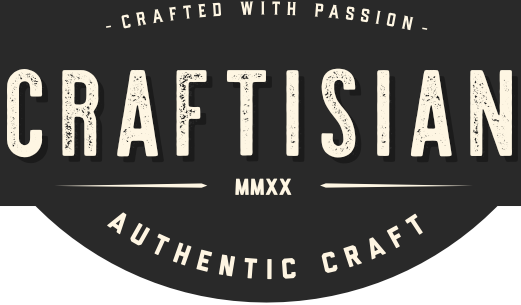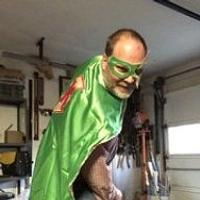Share your craft projects
Make new craft buddies
Ask craft questions
Blog your craft journey
As stated above, for the planer, not a big deal. The rollers will do the work of keeping the board flat. As Nathan said though, the exception is when only one roller is engaged. I have the outfeed tables of my planer sit slightly higher than the bed to provide a little upwards pressure to minimize snipe. I'd do the same on the infeed of your planer but if you have one on the outfeed, it depends on whether you plan to be over there to guide the board onto it or not. If not, sit it a little lower than the planer bed so the board doesn't knock it over.
The jointer is a bit of a different animal. My advice is try to set it as near dead even as possible and see what happens. The truth is though that your jointer is only going to be good for boards that you can manage on it without outbound supports (just my opinion based on my own experience). The function is that you have a crooked board and two non-planar surfaces you have to navigate so that the cut edge comes off flush to the higher surface and stays flat to it. Anything less than a rigid, permanent support is likely to influence the cut negatively. But AFAIC, there's as much art as science to using a jointer effectively so you'll have to develop your process and if you do so with supports in place, you'll learn to manage them.
The jointer is a bit of a different animal. My advice is try to set it as near dead even as possible and see what happens. The truth is though that your jointer is only going to be good for boards that you can manage on it without outbound supports (just my opinion based on my own experience). The function is that you have a crooked board and two non-planar surfaces you have to navigate so that the cut edge comes off flush to the higher surface and stays flat to it. Anything less than a rigid, permanent support is likely to influence the cut negatively. But AFAIC, there's as much art as science to using a jointer effectively so you'll have to develop your process and if you do so with supports in place, you'll learn to manage them.









